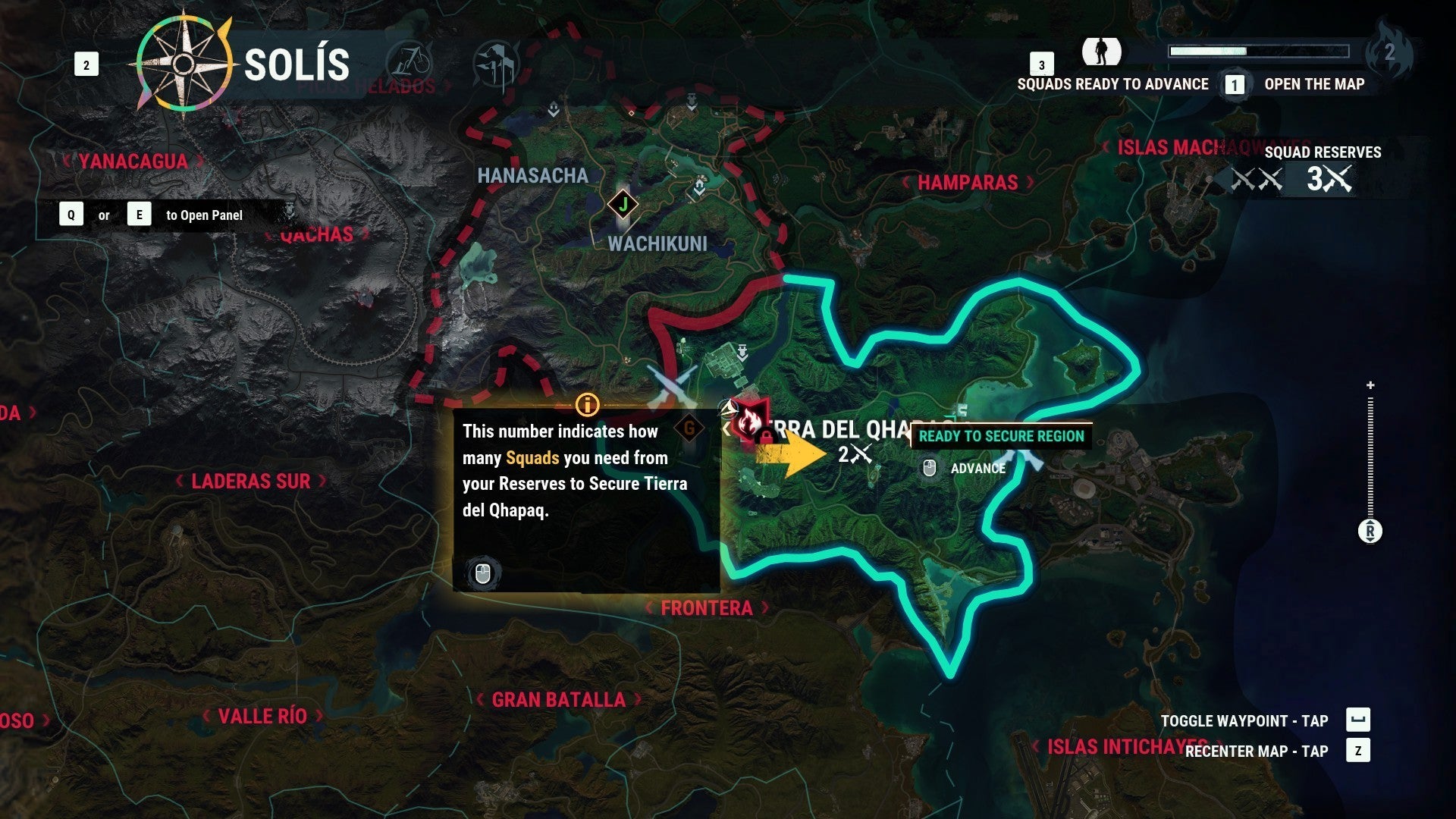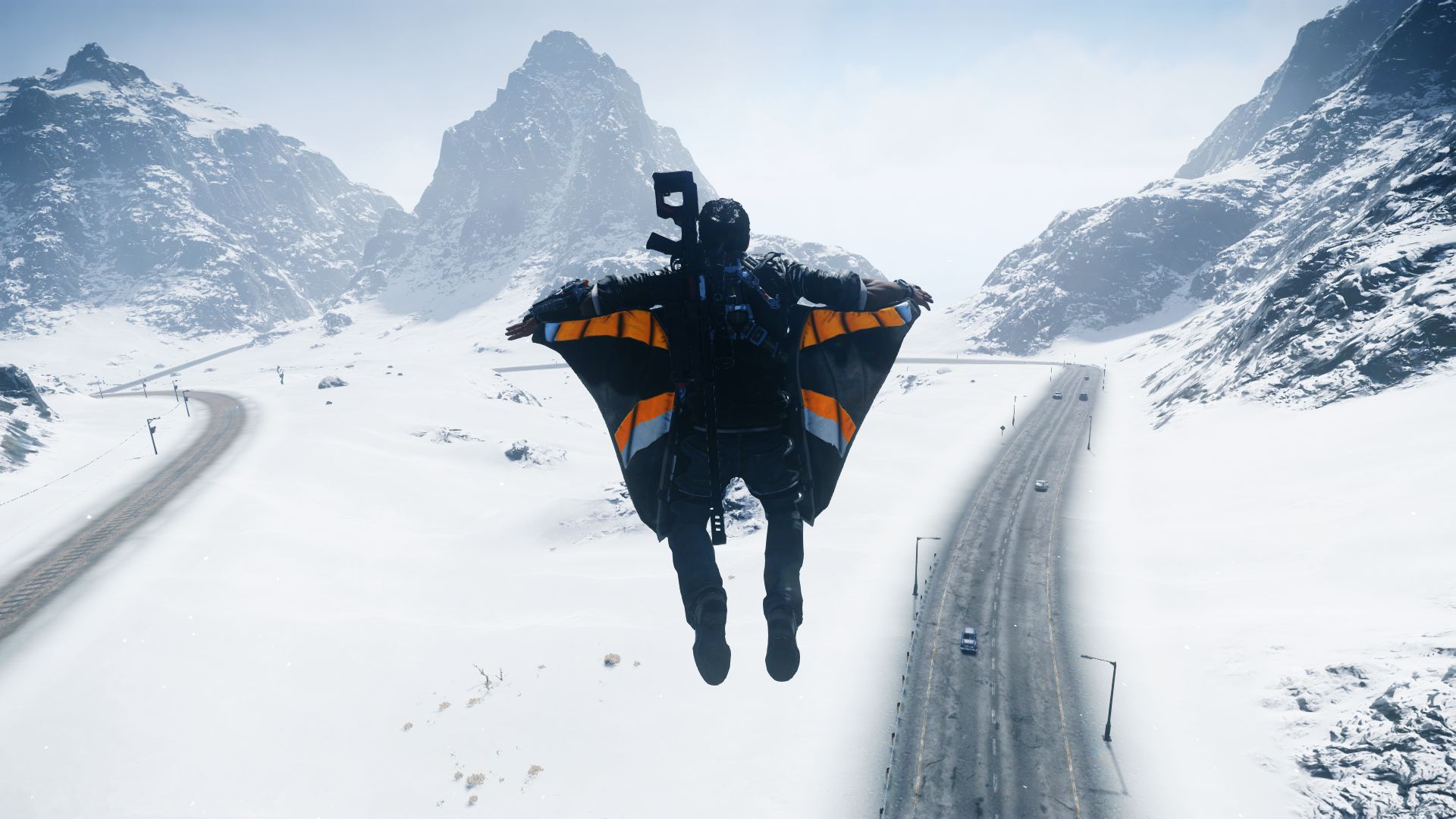

#PIXEL 3 JUST CAUSE 4 IMAGE FULL SIZE#
Full size (full/original image size you uploaded).

Large size (maximum 1024px width and height).Medium size (maximum 300px width and height).The predetermined image sizes that WordPress uses are: The reason it does this is to a) to make your life easier so you don’t have to keep resizing images manually, and b) to ensure the most optimal image is available for different locations.įor example, the image used in a blog post thumbnail on your homepage will be smaller than the image needed for the blog post header. Your original image remains as a full-size option. Whenever you upload a new image, WordPress generates three additional versions of it in different sizes: thumbnail, medium, and large. If the image size isn’t right it will either by blurry and pixelated, throw other elements on the page out of line, or cause unnecessary sideways scrolling.įortunately, WordPress has a way of processing images to prevent such problems. The size of your image in pixels is every bit as important as its file size.ĭesign matters as much as speed when it comes to user experience. That’s because JPEG compression works well for photos but not for graphics. The JPEG will be the smaller file in size, but the PNG will be the much sharper image. If you compress the same graphic as a JPEG and PNG, the quality is noticeable. However, the JPEG will be considerably smaller in size than the PNG. You’ll maybe spot a bit of graininess up close on the PNG, but nothing that would put you off using it. Now, if you compress the same photo as a JPEG and as a PNG, the quality isn’t likely to be that noticeable. Image compression finds the balance between file size and quality to improve user experience. The slower the page, the poorer it will perform in search results. Google uses loading times as a factor when ranking pages in its search engine. And 40% will abandon it if it takes longer than 3 seconds. The larger the file size, the longer it takes for an image file to download, slowing your entire website down.Īccording to Neil Patel, 47% of people expect your website to load in less than 2 seconds.
#PIXEL 3 JUST CAUSE 4 IMAGE DOWNLOAD#
When a user visits your site, their device has to download images so that they’re visible. If it isn’t it will harm the speed of your website, which impacts user experience and causes frustrated visitors to abandon your web page. The Importance of Image CompressionĮvery image that you upload to your website should be compressed to reduce its overall size without affecting its quality. It’s when compression is used that problems start to arise. You can save a photo as a PNG or a graphic as a JPEG and not be able to tell the difference. What happens if you choose the wrong format? If it’s a logo, text or has flat colors, save it as a PNG. If your image is packed with colors and has different textures and gradients, save it as a JPEG. The basic rule for choosing the right format is JPEG for photos, PNG for graphics. PNG works better with limited color images such as icon graphics and line drawings.Ĭhoosing the right format for your image matters because it affects the quality of the image and speed of your site. The two most common image formats used on online are JPEG and PNG.īecause of its smaller file size and high quality for photos and images with lots of colors, JPEG is the preferred format in the majority of cases. Before we get into discussing WordPress image sizes, it’s important to know about formats.


 0 kommentar(er)
0 kommentar(er)
